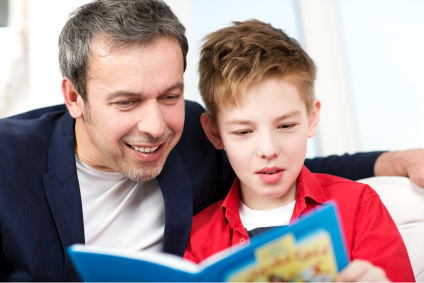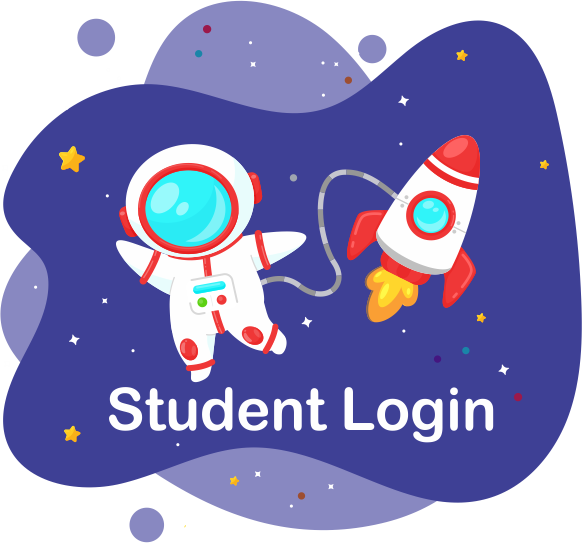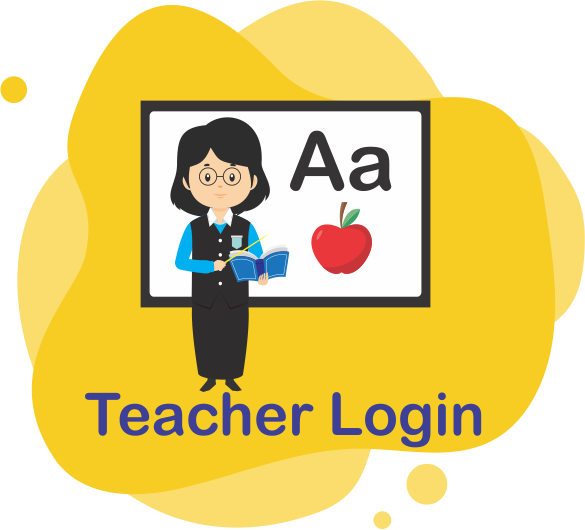Side-By-Side Reading Method

The Side-By-Side Reading Method (also known as Partnered Reading) is how your student will make the transition from decoding to
fluency. If you're using one of our reading programs, it is recommended that
once the lesson for long vowels is completed, students should begin to read books of interest.
The difficulty level should be at, or close, to the student's grade level (not current reading level).
The child and proficient reader (PR) should sit next to each other (facing the same direction). If the PR is right-handed, they should sit to the right of the child.
The PR should use their index finger to point to each word, helping the student track and stay focused. When the student struggles with a word, the PR should give time for the child to work it out. After a few seconds, the PR should ask if the child needs help.
Often children want very much to decode the word and worry that the instructor is going to read it for them. On the other hand, many children want to be given the answer so that they don’t have to work. If the child needs help, block the sounds in the word, revealing sounds that were taught. If there is a sound
in the word that wasn’t taught, encourage the student to try to decode it based on context of the sentence and the sounds they can recognize.
If your student becomes frustrated, or this takes too long, simply read these words to them.
For example, if the word is “strangers”, show “ange”, “str” and “er”. You don’t need to do this in order. Sometimes, first showing sounds that are at the end of the word helps. For example: “adventure” – first block out all letters except for ‘ture’ (which = /chur/).
If the student is reading along, but reads a word incorrectly, the PR should double tap their finger. This non-verbal cue doesn’t break the flow, and the student will quickly learn what it means.
Often, students with dyslexia will take “the wild guess”. This is when they quickly guess, the word without decoding based on context.
Usually the guess is not correct. When this is done, the PR should double tap, forcing the student to try again.
If reading is slow and labored, the PR and student should take turns reading paragraphs.
Eventually, the student will read without finger guidance, and then, in time, they will be able to read independently.













